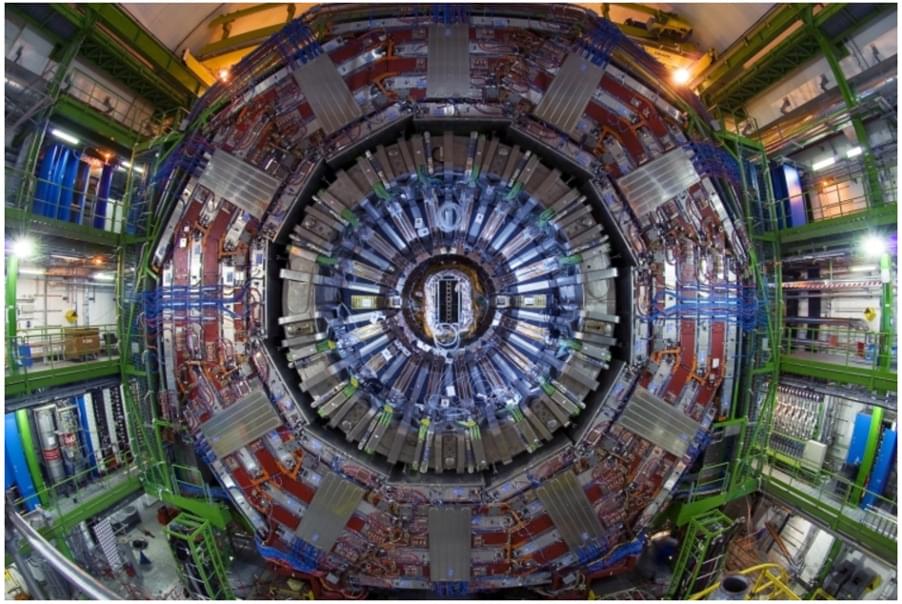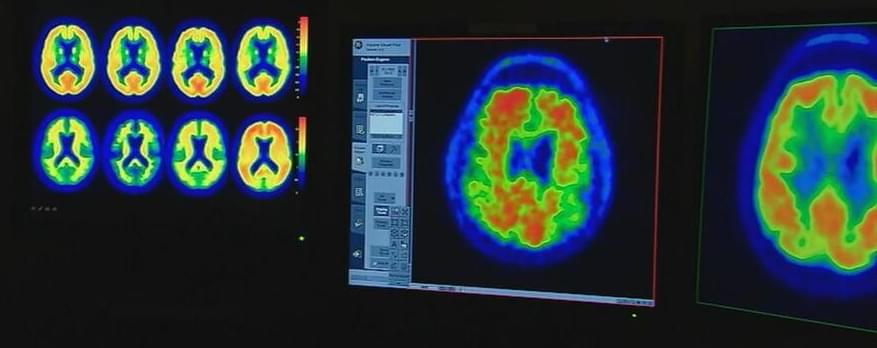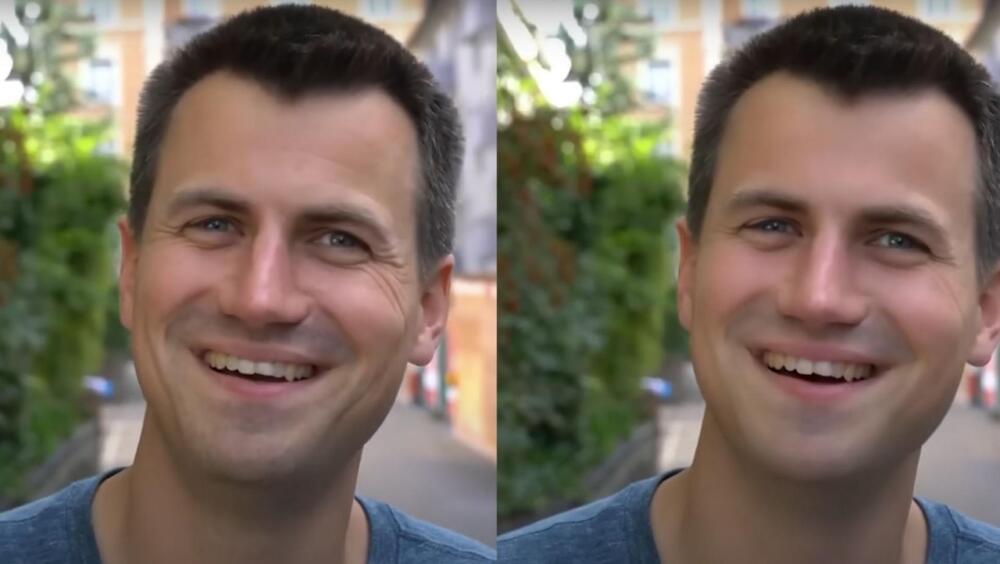Dec 5, 2022
Post Eternity Part 1: The Universe Repeats Itself
Posted by Dan Breeden in categories: cosmology, quantum physics
https://www.youtube.com/watch?v=EFILtb2E5ss
Universe to go through a cosmic Poincare Recurrence? In other words, can the universe repeats itself? Will the same history happen again at some distant future? If the universe is closed and isolated, which indicates that it’s probably qualified for experiencing a Poincare Recurrence in cosmic scale, will the entire history of our universe happen for an infinite number of times? If cosmic Poincare Recurrence can take place, does it mean that the entropy of the entire universe will decrease at some point? Isn’t that the violation of the second law of thermodynamics?
===
Sources:
(K. Ropotenko) The Poincar´e recurrence time for the de Sitter space with dynamical chaos.
https://arxiv.org/abs/0712.
Continue reading “Post Eternity Part 1: The Universe Repeats Itself” »

















